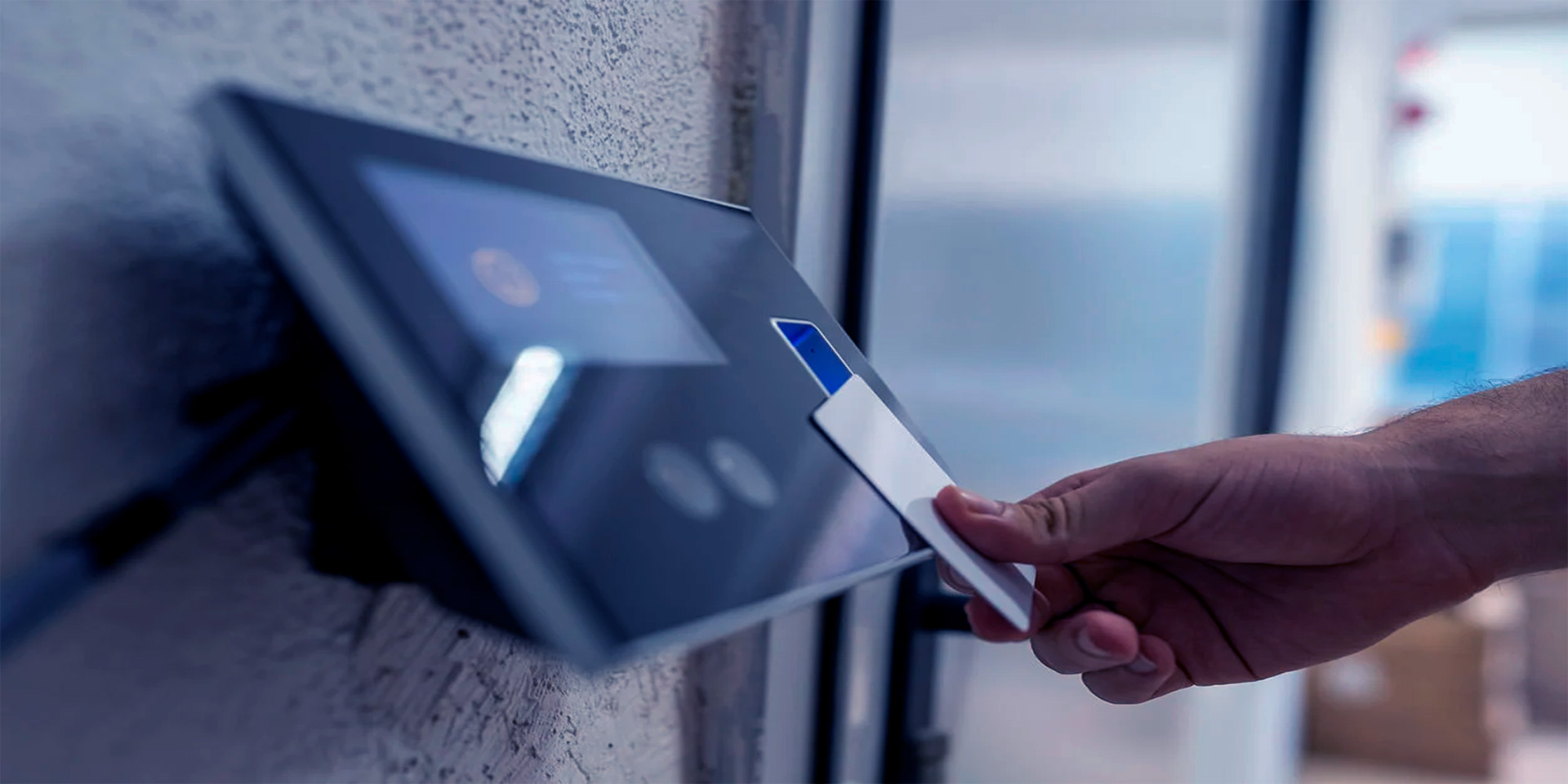Enhancing Security with Integrated Access Control Systems: Best Practices and Key Components

Access control systems manage and monitor who can enter and exit your premises. These systems use various methods, such as key cards, biometric scanners, and PIN codes, to verify identities and grant or deny access. Integrating access control with other security measures ensures a cohesive and efficient security strategy.
Key Components of Access Control Systems
- Credential Verification: Methods for verifying the identity of individuals, such as key cards, biometric data, or PIN codes
- Access Points: Doors, gates, or barriers that control physical entry to secure areas
- Control Panels: Devices that process access requests and communicate with credential verification tools
- Management Software: Platforms for managing access permissions, monitoring activity, and generating reports
- Integration Interfaces: APIs and protocols that enable communication between access control systems and other security measures
Benefits of Integrating Access Control Systems
Integrating access control systems with existing security measures offers numerous benefits, including:
- Enhanced Security: Combining multiple security measures creates a layered defense, reducing the risk of unauthorized access
- Streamlined Operations: Centralized management of all security systems simplifies monitoring and control
- Improved Response Times: Integrated systems can trigger automated responses to security incidents, such as locking doors or sounding alarms
- Comprehensive Reporting: Unified systems provide detailed insights into security events, helping with audits and compliance
- Increased Flexibility: Integration allows for scalable and customizable security solutions that can adapt to changing needs

Best Practices for Integration
Successfully integrating access control systems with existing security measures requires careful planning and execution. Here are some best practices to guide you through the process:
Assess Your Current Security Infrastructure
Begin by evaluating your current security measures, including surveillance cameras, intrusion detection systems, and alarm systems. Identify potential gaps and areas where access control integration can enhance security.
Understanding your existing infrastructure helps determine compatibility and integration requirements.
Choose Compatible Access Control Systems
Select access control systems that are compatible with your current security measures. Look for systems with open architecture, which allows for easy integration with other security technologies.
Ensure that the access control system supports standard communication protocols and has robust APIs for seamless integration.
Plan for Scalability and Flexibility
Choose access control systems that can scale with your organization’s growth and adapt to future security needs. Scalable systems allow you to add more access points and integrate additional security measures as needed.
Flexibility ensures that your security infrastructure can evolve without significant disruptions or costly upgrades.
Integrate with Surveillance Systems
Integrate access control systems with your surveillance cameras to enhance monitoring and incident response. For example, cameras can be programmed to record footage when access is granted or denied at specific entry points.
This integration provides a visual record of access events, helping verify identities and investigate incidents.
Combine with Intrusion Detection and Alarms
Link access control systems with intrusion detection and alarm systems for automated responses to security breaches. For example, if an unauthorized entry is detected, the system can trigger alarms, lock doors, and notify security personnel.
Automated responses help contain incidents and prevent further security breaches.
Implement Centralized Management
Use centralized management software to monitor and control all integrated security systems from a single platform. This approach simplifies administration, enhances visibility, and improves response times.
Centralized management also enables efficient reporting and analysis of security events.
Ensure Robust Data Security
Protect the data exchanged between access control systems and other security measures using encryption and secure communication protocols. Ensure that all security systems comply with relevant data protection regulations.
Data security is crucial for maintaining the integrity and confidentiality of your security infrastructure.
Regularly Update and Maintain Systems
Keep all integrated security systems updated with the latest firmware and software patches. Regular maintenance ensures optimal performance and reduces vulnerabilities.
Schedule routine checks and updates to address any potential issues and keep your systems secure.
Provide Comprehensive Training
Train security personnel and relevant staff on the use of integrated access control systems and their features. Ensure they understand how to operate the systems, respond to incidents, and generate reports.
Well-trained staff are essential for maximizing the effectiveness of your integrated security infrastructure.

Integrating Access Control with Existing Security Measures
A mid-sized corporation sought to enhance its security by integrating access control systems with its existing surveillance and alarm systems. Here’s how they achieved successful integration:
- Assessing Security Infrastructure: The corporation conducted a thorough assessment of its current security measures, identifying areas for improvement and potential integration points.
- Choosing Compatible Systems: They selected an access control system with open architecture and robust APIs, ensuring compatibility with their existing surveillance and alarm systems.
- Planning for Scalability: The chosen access control system was scalable, allowing for future expansion as the company grew and its security needs evolved.
- Integrating with Surveillance: Access control was integrated with surveillance cameras, enabling automatic recording when access was granted or denied at key entry points.
- Combining with Intrusion Detection: The access control system was linked to intrusion detection and alarms, triggering automated responses to unauthorized access attempts.
- Implementing Centralized Management: Centralized management software was used to monitor and control all security systems from a single platform, streamlining operations and enhancing visibility.
- Ensuring Data Security: Encryption and secure communication protocols were implemented to protect data exchanged between integrated systems.
- Regular Updates and Maintenance: The corporation scheduled regular updates and maintenance to keep all systems up to date and secure.
- Providing Comprehensive Training: Security personnel received thorough training on the use of integrated systems, ensuring they could effectively manage and respond to security events.
Conclusion
Integrating access control systems with existing security measures is essential for creating a comprehensive and robust security infrastructure. By assessing your current security measures, choosing compatible systems, planning for scalability, integrating with surveillance and intrusion detection, implementing centralized management, ensuring data security, regularly updating systems, and providing comprehensive training, you can enhance protection and streamline security operations. Embrace these best practices to achieve a cohesive and effective security strategy that meets your organization’s needs.


